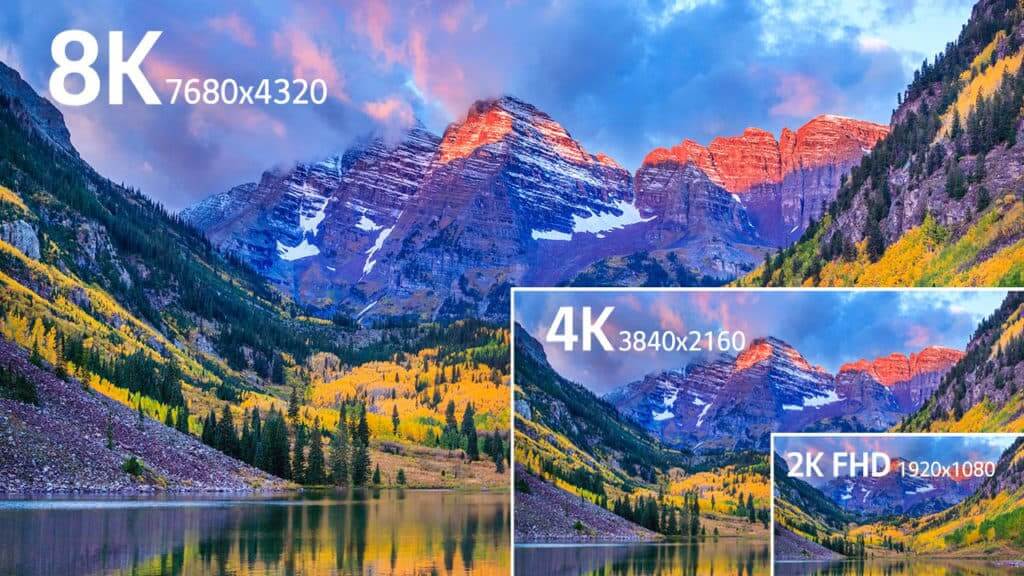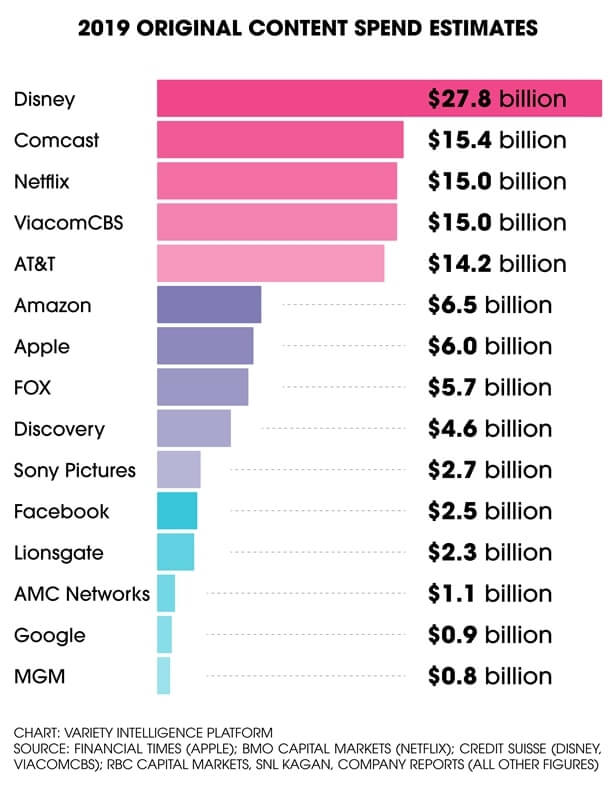Sally Jones, Playout Manager, Globecast in the UK
I’ve met a large number of customers in corporate boardrooms over the years, with grand ideas about launching a new TV channel and little notion of the building blocks needed to get themselves there. Some go on to make a complete success of their start-up, while others launch in a blaze of wildfire and finish limping along month-by month, struggling to increase their viewership and eventually dying out through a lack of return.
So what’s the magic formula for creating a TV channel that will not only grow but flourish amongst its competitors? I have seen many different approaches, from those with a very clear concept to those with a strong business acumen only. This is my Ultimate Guide to a successful formula and which of those building blocks Globecast can help you with.
Channel Brand: Identity, Audience and Visual Style

Every channel needs its own identity. If you consider some of the big household names on our many screens today, it’s clear that these strong iconic identities are three-dimensional; they aren’t just a channel name. They’ve been built up in layers through their programming, visual style and knowledge of their target audience and culture.
Your channel’s identity will be expressed through its schedule and the genre of programming it shows. Being clear on your chosen genre is important both for ensuring deep audience reach and with linear channels in mind, for securing your distribution platform channel position in the electronic listings. Will you show sports, news, documentary, lifestyle, entertainment, children’s or religious channel content? Drafting a channel charter gives opportunity to layout the values and ethos you want to promote. Consider your audience and target region. Are the values and audience well matched?
Understanding the power of how to drive your onscreen identity through its visual style, graphical and animated symbols, is crucial. How do you make your brand stand out from the crowd? Decide how you ensure that your audience knows which station they are watching at any given time. The challenge is to be distinctive and to say something about the organisation’s values. Channels that try to do this build a loyal relationship with their audience and the experience they are providing them.
Also, don’t forget to verify that no one has already trademarked the channel name!
Get your Budget right!
“Simply put: no money, no channel.”
It’s not purely the challenge of procuring enough content to engage and keep your audience, it’s the investment to do so in the first place. Depending on your requirements, the operation of a television channel can really tug at your purse strings. There are business setup costs, staffing, content, MAM and scheduling, playout and distribution options, all of which need to be budgeted for.
Everybody is striving to get a cost-effective deal from the most innovative solutions in the marketplace, which means there are deals to be made. A playout solution can be made more economical by making compromises on SLA levels, seeking solutions for joint playout and distribution packages and where historically manual tasks can be substituted with new technologies. At Globecast, manual QC by exception has enabled many clients to reduce their costs by recognising that an automatic QC tool is more than sufficient in interrogating material integrity. During a new channel consultation with Globecast, it often emerges that the content is handled earlier in the workflow as part of an edit, or pre-workflow, process. Therefore the quality check expectations can be met by an in-house team before delivery to playout. Delivery checksums are easy to put in place to validate receipt of a file matching that which was uploaded.
There’s also the weight of distribution costs to consider. As technology advances further with IP-based playout and distribution models so too does the benefit of having more cost-effective solutions available. Much like any other business, running a television channel requires key values in the formula to be a reliable investment source and a creative strategy that ensures growth and longevity.
Soo Khoon Ang, Director Channel Ops at Globecast in Asia, said “This requirement of manually checking all content before air is a hang up from the past, specifically the tape era. Broadcaster needs to change their mindset and trust the new file-based technologies.”
Quality

Picture Credit: https://blog.cobrason.com/2019/01/choisir-televiseur-8k-2019/
SD, HD, UHD, 4K, 8K, Dolby E, Dolby D, Dolby Atmos… all these formats are bandied around so easily but how do you know where you really want to start? There are several factors that will influence this, such as your target platform’s ability to handle and distribute specific resolutions and the availability of content in the format you have chosen. It’s logical to conclude that the better the quality, the bigger the budget required.
The better the video quality the more bandwidth you’ll need to distribute the signal. You should consider the type of content: talking heads is much less likely to experience breakup at a lower bandwidth than fast-paced sporting action. Similarly, the better the audio, the more of the overall bandwidth capacity that will require.
Content

There is no shortage of content in our ultra-connected world and consumers are in constant pursuit of the most engaging experience.
A major consideration is where exactly you will source your content from. Acquisition or commissioned? The curating of your content library will be one of the most consuming and continually demanding tasks in the life cycle of your TV channel. Our ability to access content from today’s digital ecosystem means that as consumers we can be selective, each with our own unique tastes and TV channels have to earn the right to retain our viewing commitment. Channels with sizeable repeat rates across their schedule risk viewers turning off and also run the risk of damaging their audiences thirst to return to the channel if they’re left thinking that they might catch the same line-up again. There is a balance to be found between newly attained and existing content value that will, in turn, influence your repeat ratio.
Even working on a basis of 12 hours of fresh content repeated twice a day, simple calculations working on the basis of 6 x 60min programmes and 12 x 30min programmes means you are looking at 126 new pieces of content per week, 540 per month (over 30 days) and sourcing up to 6,552 new assets per year. Of course, that’s looking at the extreme and doesn’t take into account any profit gained from some repetition, but it gives you an idea of scale of the purchasing, or new commissioning power, needed to meet the supply of a fresh and dynamic TV channel.
It‘s not uncommon for national/state legislation or platforms to impose a preference for a minimum repeat ratio and this should be thoroughly researched in advance of schedule planning.
Don’t forget, the more content you own the rights to broadcast, the more you have to store, both in your archive but also as part of the playout solution. Cloud-based storage solutions are becoming very cost-effective and quickly scalable, and this is why a lot of media organisations are aiming to use cloud storage for archive purposes. It’s really a one-stop shop: upload once and all parties who need to access the content can collectively collaborate in the one place.
To be continued.

